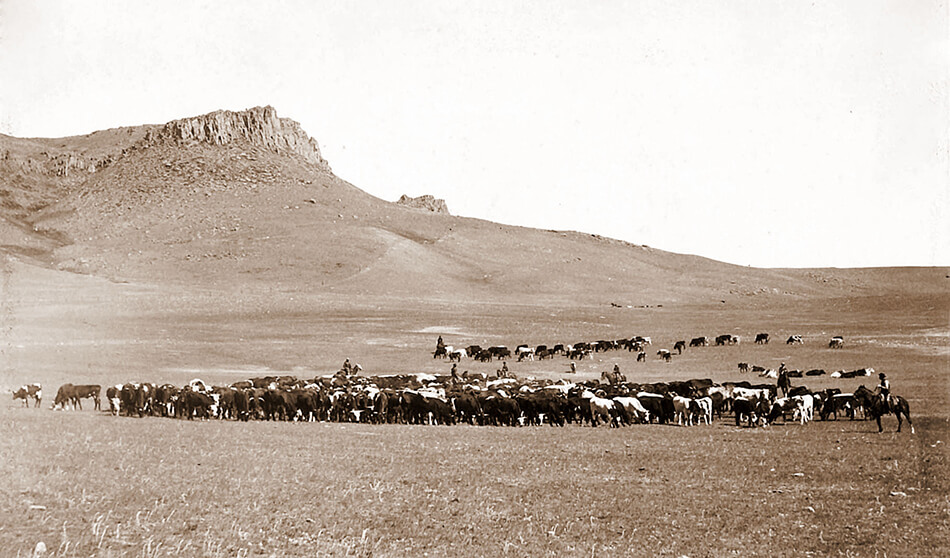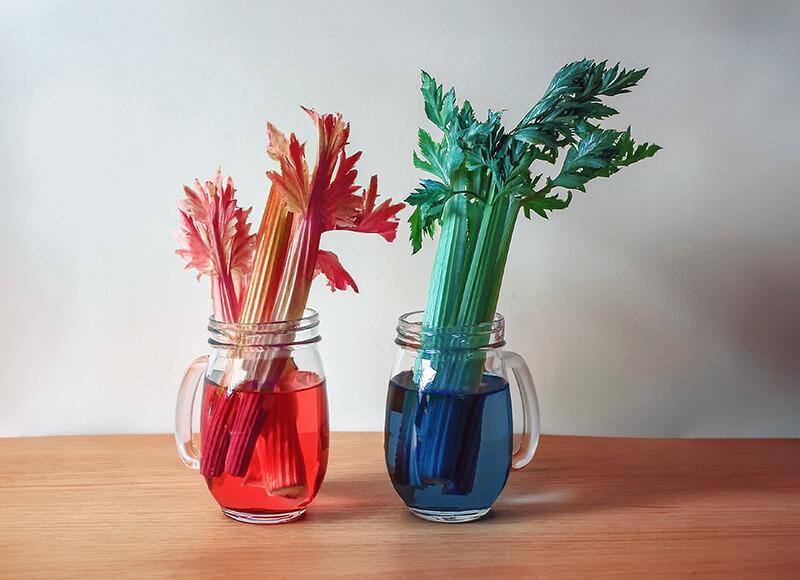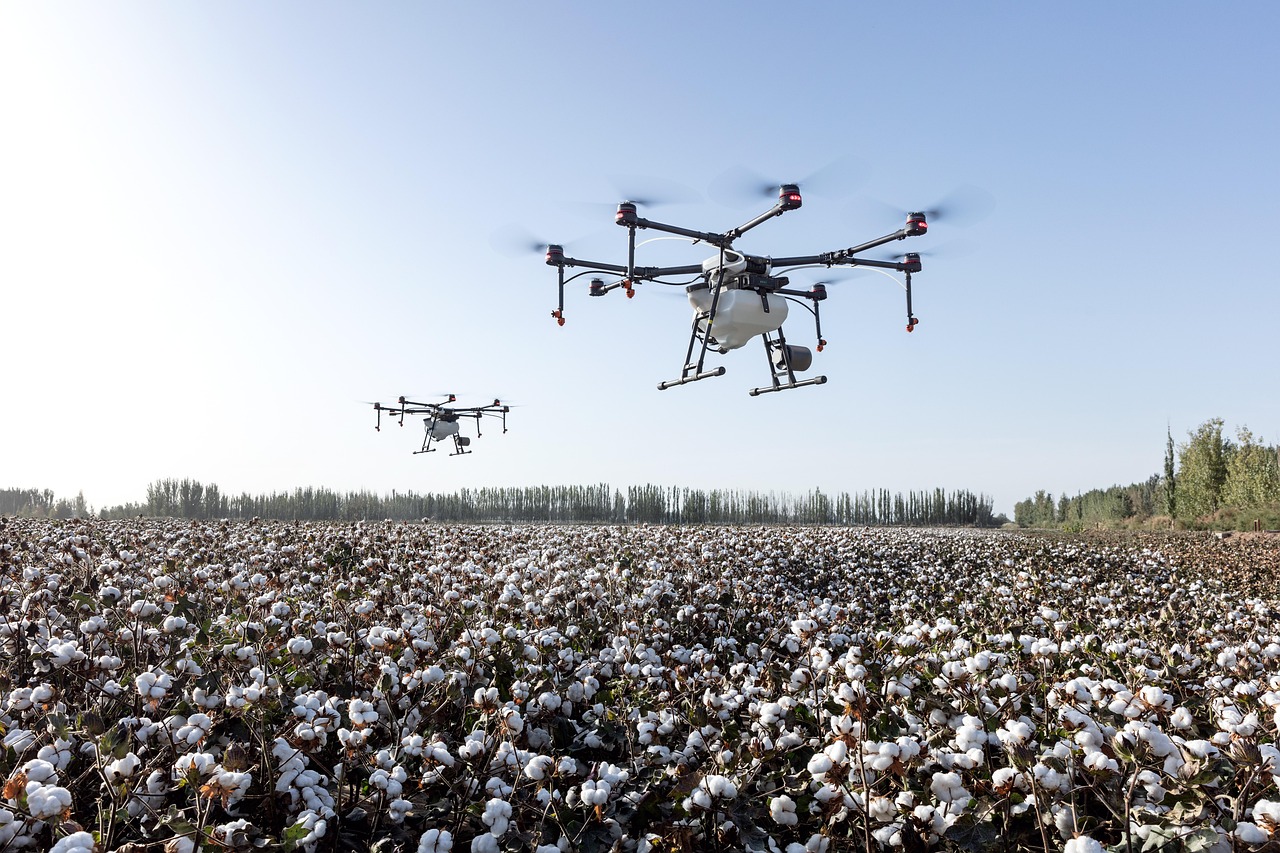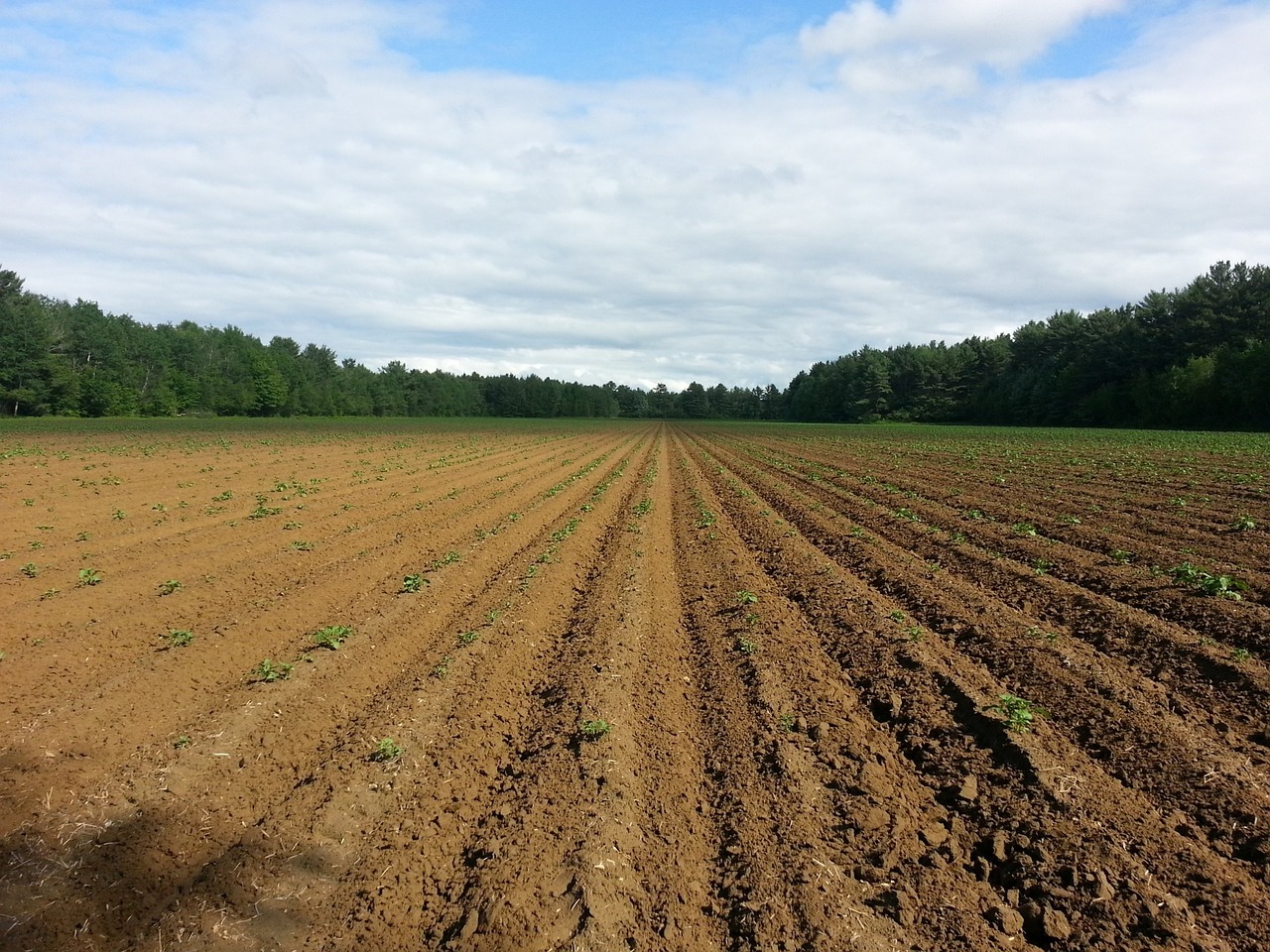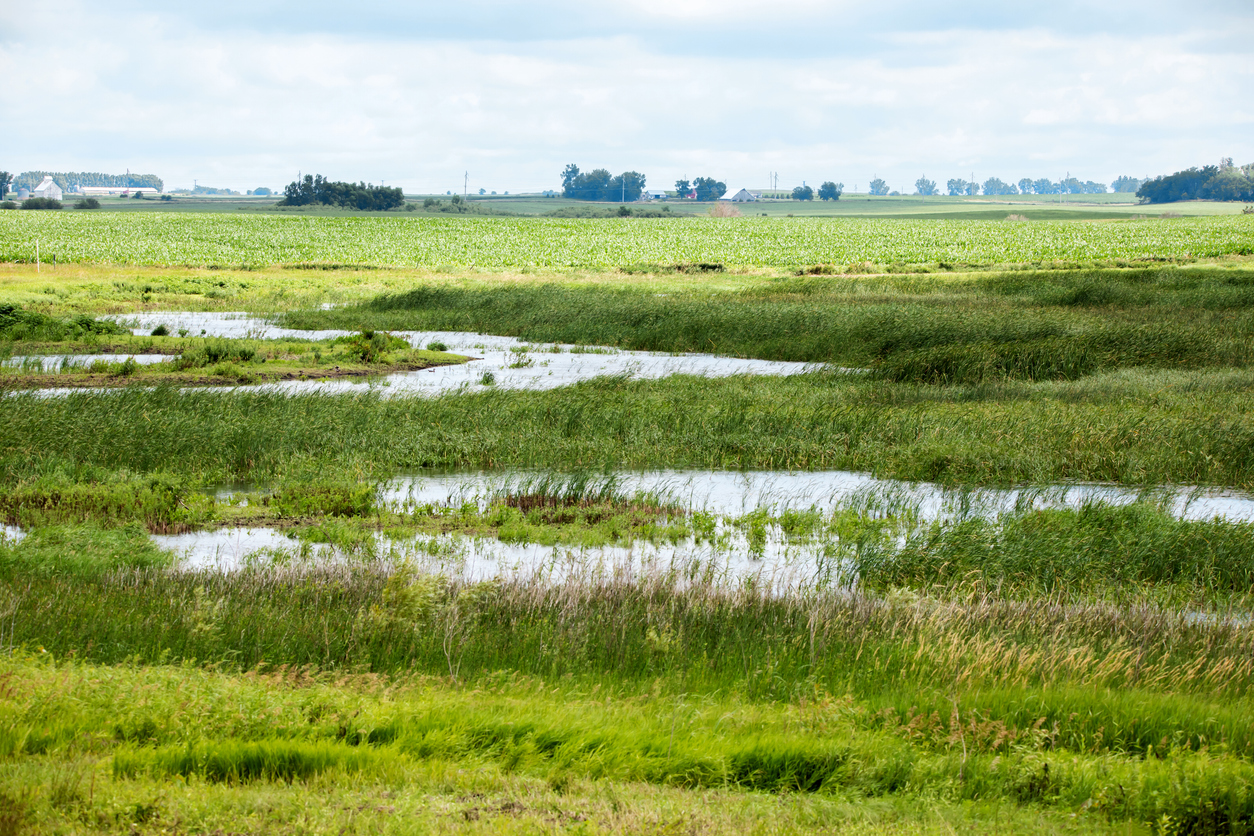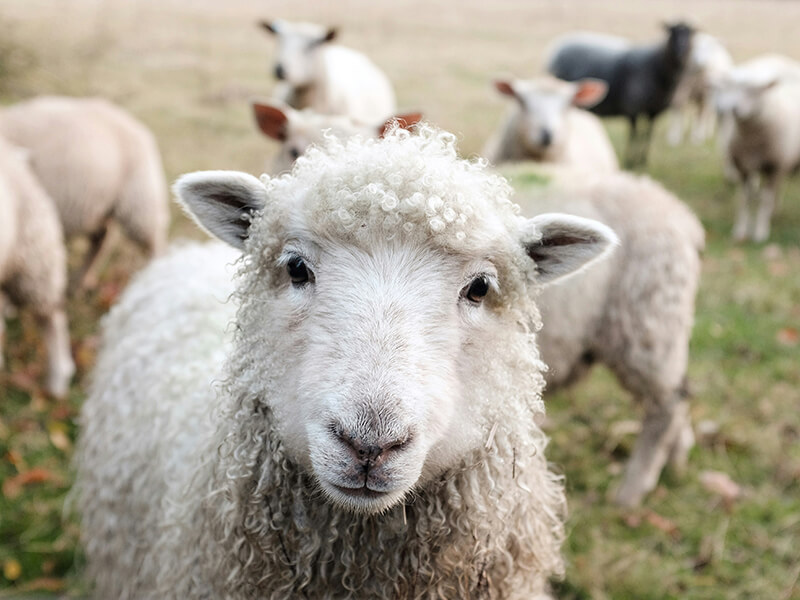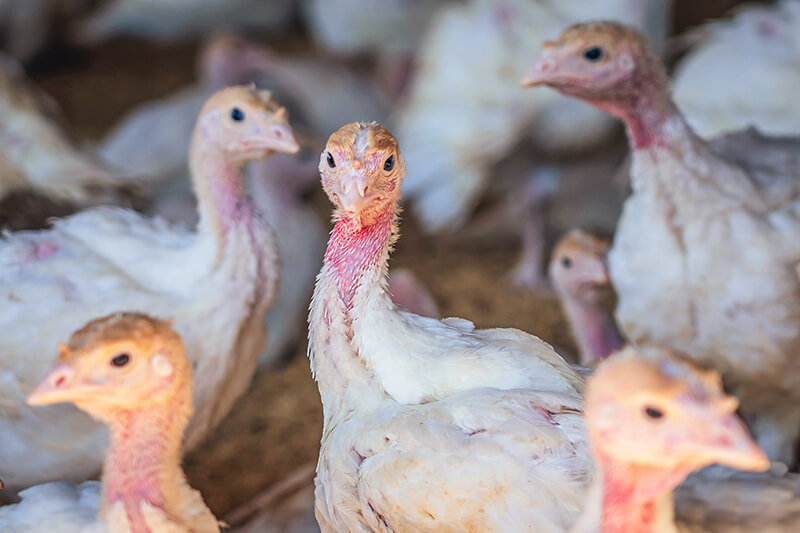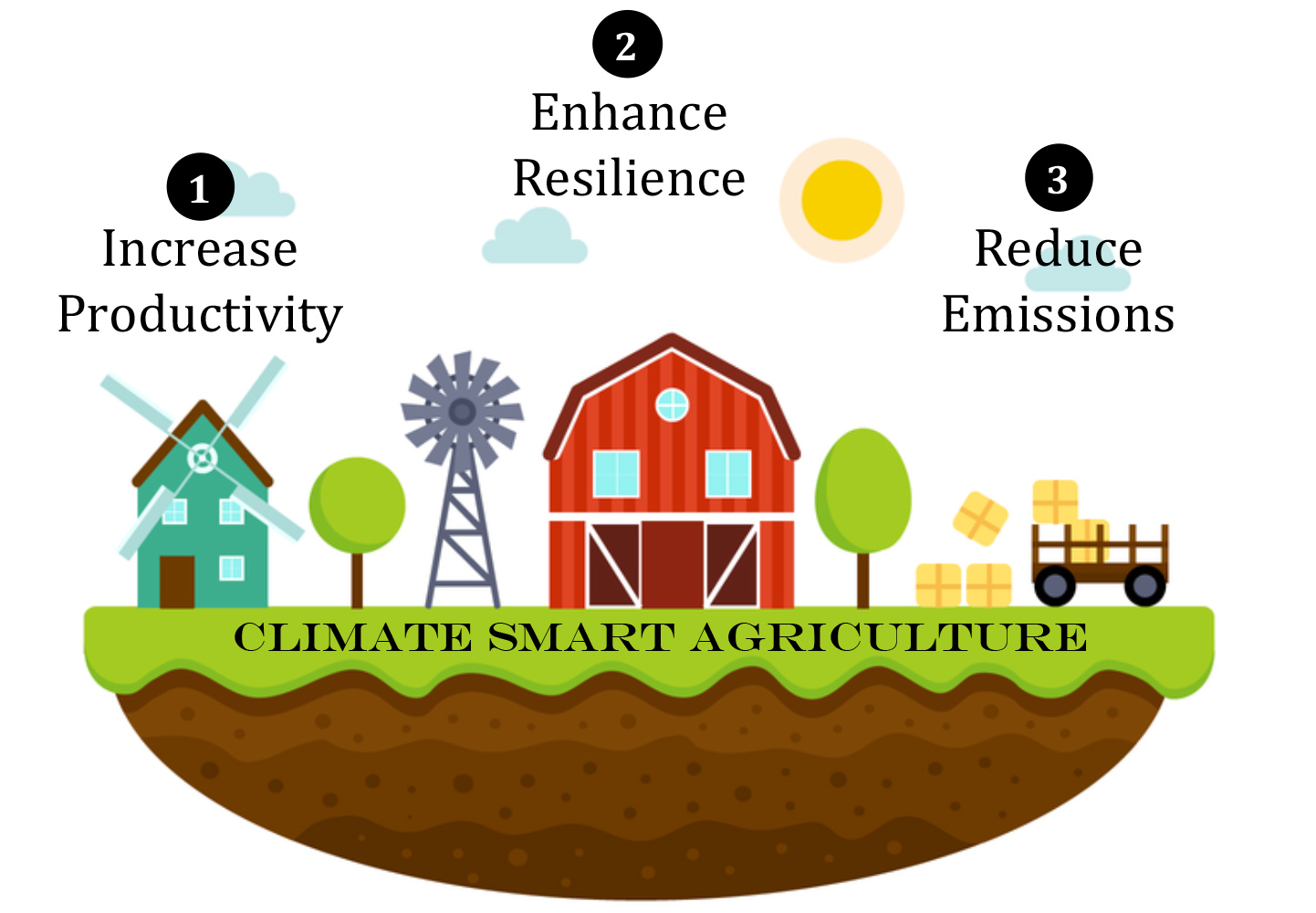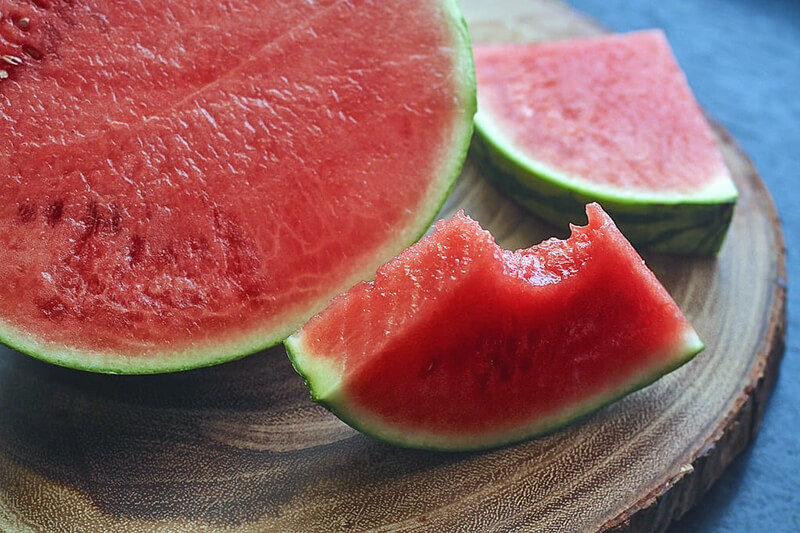
Melons, Mitosis, and Meiosis
Students apply the steps of mitosis and meiosis to learn about the production of both seeded and seedless watermelon. Students will learn about the discovery of colchicine, which made seedless watermelon possible and use modeling clay and beans to model meiosis and mitosis.
